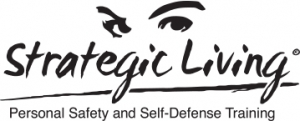Attention Parents of Tweens and Teens: wishing all of you a wonderful holiday season with your children. During this school recess, between visiting and feasting and caroling and skiing, make some time to have one or more meaningful conversations about sexual consent (and sexual assault) with your children. Make it your New Year’s Resolution to keep on engaging in conversation.
Perhaps you remember “the talk” from your own youth, and you’re cringing. For some help, take a look at P.O.P!, a project of King County Sexual Assault Resource Center, and their 100 Conversations programs.
P.O.P! (Power of Prevention) is a group of young people who reach out to other young people in their communities by incorporating social media, video, written material, and face-to-face conversations. Their goal is to create healthier communities and end sexual assault by dispelling myths, encouraging positive attitudes and behaviors, and increasing access to resources like KCSARC.
I particularly like two features of their conversation lists. First is the emphasis on understanding what boundaries are, how to find yours, and how to communicate them to others. Second is the social nature of behavior, how others affect what you do, and activating bystanders to do something other than stand by helplessly. BTW, these are two essential topics I cover in my self-defense classes.
As with any other meaningful topic, safety and consent and sex cannot be a one-time conversation with those you care about. Check out the list of 100 topics on the P.O.P! site to help you keep it going, and not fall by the wayside as do most New Year’s Resolution.
